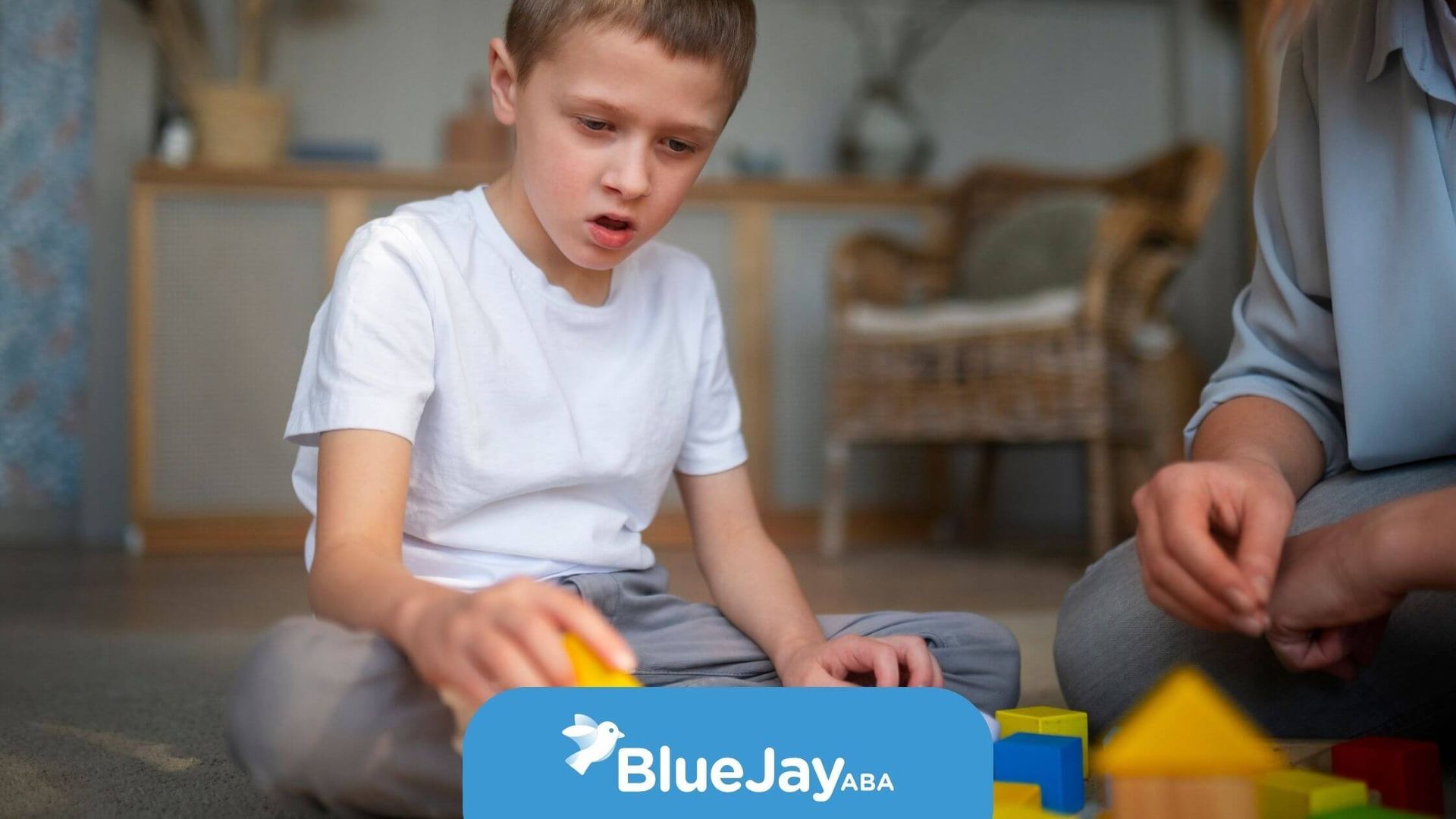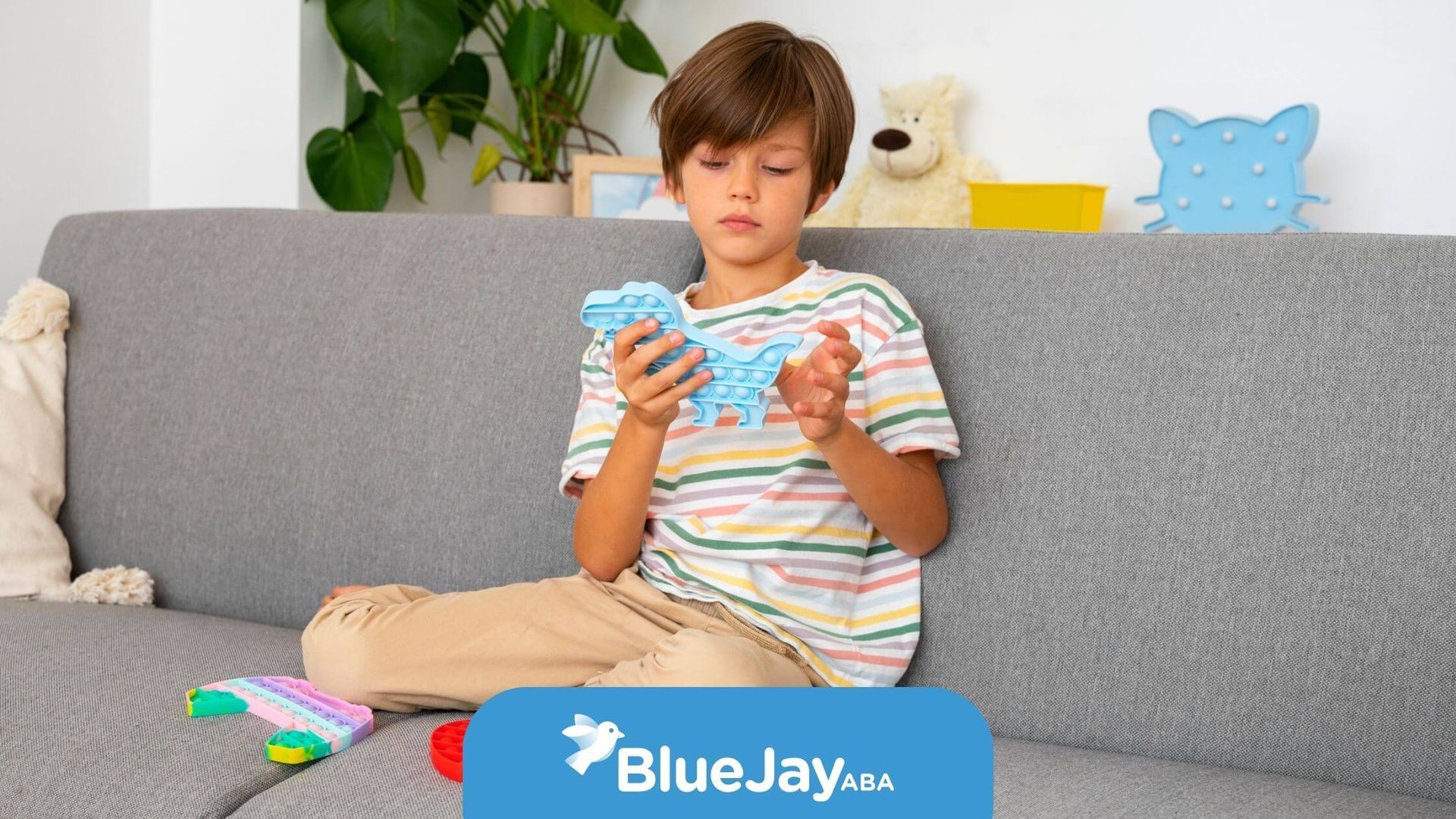15 Proven Tips for Early Intervention for Autism: Your Lifelong Boost
Every child holds a world of possibility, especially when families act early. At Blue Jay ABA, we’re here to help children in North Carolina thrive with skilled, compassionate support—starting right at the beginning. This guide brings you everything you need to know about early intervention for autism, including actionable tips, expert facts, and local advice just for you.
What Is Early Intervention for Autism?
Early intervention for autism means starting support, therapies, and resources as soon as possible—often between ages 2 and 3, or even earlier if signs are noticed. Interventions are tailored for young children and may include speech therapy, physical therapy, occupational therapy, and most importantly, Applied Behavior Analysis (ABA) therapy.
- The goal: Help children develop skills in communication, behavior, and everyday living—right as their brains are most adaptable and ready for learning.
- Early intervention services are available in North Carolina, both in clinics and via
autism early intervention at home options.
Why Timing Matters: The Science Behind Early Support
The first 3 years of a child’s life are a period of rapid brain development, making this window ideal for teaching new skills and correcting course if there are delays in areas like speaking, socializing, or self-care.
- During these years, the brain’s “plasticity” means it can adapt more easily, making therapies far more effective.
- Children who begin therapy early often see better outcomes with language, social, and academic skills—even to the point that some no longer meet the clinical criteria for autism later on.
- Studies show early intervention can improve IQ, increase independence, and reduce problem behaviors long-term.
Early action doesn’t only change a child’s journey—it supports the whole family. Families feel more empowered, and challenges become more manageable.
15 Essential Tips for Early Intervention Success
1. Spot the Signs Early
Don’t wait for certainty. Common early signs of autism include:
- Delayed speech or no babbling by 12 months
- Limited eye contact or smiles
- Not responding to name
- Repetitive behaviors (hand-flapping, spinning)
- Unusual sensitivity to sounds or textures
Tip: If you notice any of these, seek an evaluation right away—early identification leads to the best results.
2. Don’t Wait for a Diagnosis to Start
Research shows you don’t need to wait for an official autism diagnosis before beginning therapy. If you have concerns, you can request early intervention services and get started while the diagnostic process unfolds.
- In North Carolina, official referrals aren't always required. Parents can contact local providers directly for an evaluation.
- Early support can include home activities, professional guides, or online consultations.
3. Build a Collaborative Team
It takes a village! The most effective early intervention for autism involves a diverse team:
- Board Certified Behavior Analysts (BCBAs)
- Speech and Language Therapists
- Occupational Therapists
- Physical Therapists
- Pediatricians and Psychologists
Tip: Make sure all team members communicate, share goals, and update strategies as your child grows.
4. Choose Evidence-Based ABA Therapy
Applied Behavior Analysis (ABA) is widely recognized as the gold standard for autism early intervention at home and in clinics.
- ABA focuses on improving specific behaviors (communication, social skills, academics)
- Therapists observe, assess, and create a custom plan for each child
- Reinforcement (rewards) helps teach and strengthen positive behaviors
Look for providers with certified staff who offer personalized, data-driven programs.
5. Make a Personalized Plan
Every child is different, so the best interventions are tailored to their unique strengths, challenges, and preferences.
- Goals are set based on assessments from your ABA team
- Regular reviews ensure progress, adjust strategies, and keep therapy on track
6. Start Autism Early Intervention at Home
Therapy doesn’t stop when you leave the clinic! Many effective strategies can be practiced at home:
- Speech practice during meals or playtime
- Play-based activities to boost interaction
- Simple reward systems to shape new behaviors
In-home ABA therapy lets your child learn in their natural environment, increasing comfort and consistency. Therapists will coach you on how to reinforce skills and routines every day.
7. Prioritize Communication Skill-Building
Early intervention for autism near me should emphasize both verbal and nonverbal ways to communicate—such as:
- Using picture cards or speech apps
- Practicing simple requests and greetings
- Naming objects and actions during routines
Every attempt your child makes to communicate is a learning opportunity!
8. Support Social Skills Every Day
Social skill growth begins early:
- Teach turn-taking using board games or shared snacks
- Practice greetings, eye contact, and waving in real-world scenarios
- Role-play common situations, like sharing toys or asking for help
Evidence shows that structure and positive reinforcement build confidence and social awareness.
9. Use Play-Based Learning
Play is a child’s natural classroom!
- Let your child lead with their interests (blocks, cars, dolls)
- Use pretend play (“grocery store,” “doctor office”) to act out real-life interactions
- Puzzle and turn-taking games are great for focus and patience
Play-based ABA therapy is both fun and effective, making learning feel less like “work” and more like discovery.
10. Support Sensory Needs
Many children with autism process sights, sounds, textures, or tastes differently:
- Create a calm-down space with favorite objects
- Use noise-canceling headphones for loud environments
- Try sensory bins and weighted blankets at home
Early support helps your child manage sensory overwhelm and enjoy daily life.
11. Track Progress and Adjust
What gets measured gets improved!
- Keep a simple journal of new skills and daily challenges
- Meet regularly with your ABA therapy team to review and tweak your child’s plan
Adaptation ensures therapy stays effective as your child grows and changes.
12. Involve Siblings and Family
Inclusion helps everyone understand and support the child’s needs:
- Teach siblings about communication styles and celebrating every success
- Use family games to reinforce social and communication skills together
Family involvement increases success—everyone can play a role in your child’s progress.
13. Seek Parent Training
Quality programs offer hands-on coaching so parents can reinforce strategies after sessions end.
- Ask for customized parent training and behavior management guides
- Practice techniques at home with therapist support
Confident parents mean confident kids!
14. Address Challenging Behaviors
Early intervention helps reduce problem behaviors and teaches alternatives:
- Identify what triggers certain behaviors (like transitions, hunger, or frustration)
- Replace negative behaviors with communication, relaxation, or structured routines
- Consistent, compassionate feedback is key
15. Celebrate Every Win—No Matter How Small
Progress comes in tiny steps. Cheer each milestone, from first signs to complex conversations!
- Keep a visual chart or sticker system at home
- Share victories with your therapy team—for extra encouragement
Positive reinforcement strengthens your child’s confidence and keeps everyone motivated.
How Blue Jay ABA Helps Local Families
- Personalized Therapy Plans: Every child’s intervention is crafted after a thorough assessment, tailored to their strengths, challenges, and family goals.
- At-Home, In-Clinic, and Telehealth Options: Blue Jay ABA meets families where they are—in your living room, your child’s school, or virtually, making therapy accessible and consistent.
- Qualified & Compassionate Team: Blue Jay’s board-certified therapists combine clinical skill with genuine care and dedication. Families partner with experienced BCBAs and RBTs—who walk with you every step of the journey.
- Parent Training & Support: Families aren’t left on their own. Hands-on coaching and progress reviews empower parents to practice strategies at home, maximize “autism early intervention at home,” and celebrate progress together.
- Insurance Navigation Made Easy: Blue Jay ABA simplifies the process, works with most insurances (including Medicaid), and supports you through every approval and paperwork step.
- Holistic Teamwork: Collaboration is key. Blue Jay ABA coordinates with your child’s other providers (teachers, therapists, doctors) for a seamless, big-picture plan.
What truly makes Blue Jay ABA different isn’t just our expertise—it’s our passion for unlocking every child’s potential, our flexible care model (wherever you need it), and our unwavering support for your whole family. Because every family deserves a partner who celebrates every milestone.
Frequently Asked Questions (FAQs)
What is early behavioral intervention for autism?
Early behavioral intervention refers to starting therapies—especially ABA—very early in a child’s life, often before age 3. These are research-backed programs designed to help children with autism develop communication, social, and daily living skills as soon as delays are noticed.
What are the 3 forms of early intervention for autism?
The three most common forms include:
- ABA Therapy (Applied Behavior Analysis): Focuses on improving behaviors and key skills.
- Speech and Language Therapy: Supports language and communication.
- Occupational Therapy: Develops fine motor, sensory, and everyday living skills.
Does autism get better with early intervention?
Research shows that early intervention can improve language, cognitive abilities, social skills, and overall independence in many children with autism. Some may even no longer meet clinical criteria for autism after intensive early intervention.
How to care for a 2 year old with autism?
Caring for a 2-year-old with autism involves engaging in regular routines, using consistent communication, practicing social and play skills, and seeking early autism intervention services. Include play-based activities, access professional therapies, and involve the whole family.
Can autism be treated if caught early?
While there is no medical “cure” for autism, early intervention significantly increases the chances for skill development, improved independence, and reduced challenges. The sooner intervention begins, the greater the benefits.
Sources:
- https://www.nichd.nih.gov/health/topics/autism/conditioninfo/treatments/early-intervention
- https://www.autismawareness.com.au/navigating-autism/what-is-early-intervention-for-autism
- https://www.autismspeaks.org/science-news/early-intervention-toddlers-autism-highly-effective-study-finds
- https://catalystgrp.co.uk/blog/importance-of-early-autism-support/
- https://www.cdc.gov/autism/treatment/accessing-services.html
- https://pmc.ncbi.nlm.nih.gov/articles/PMC9857540/
Related Posts






